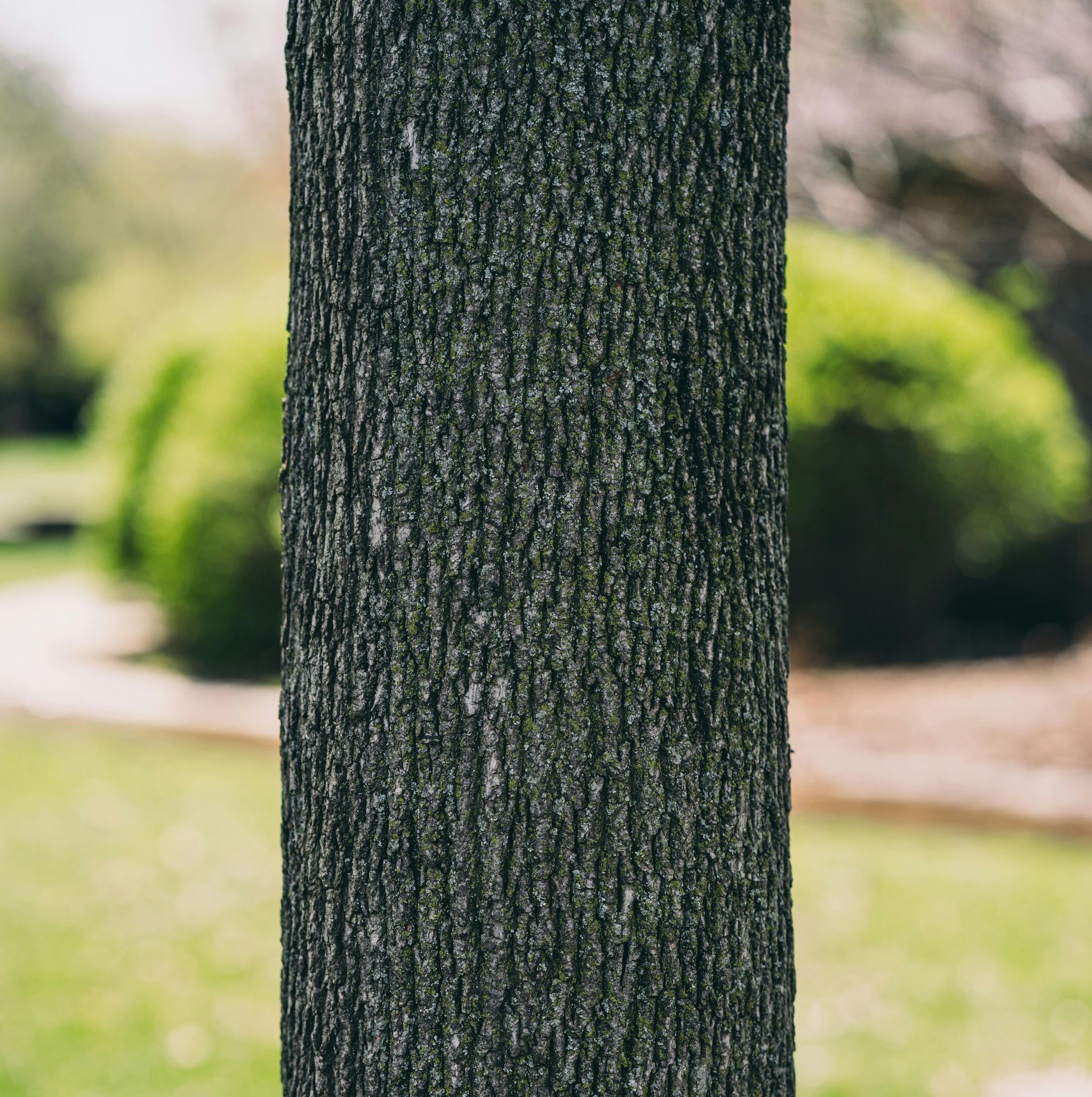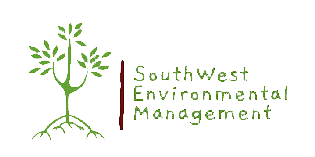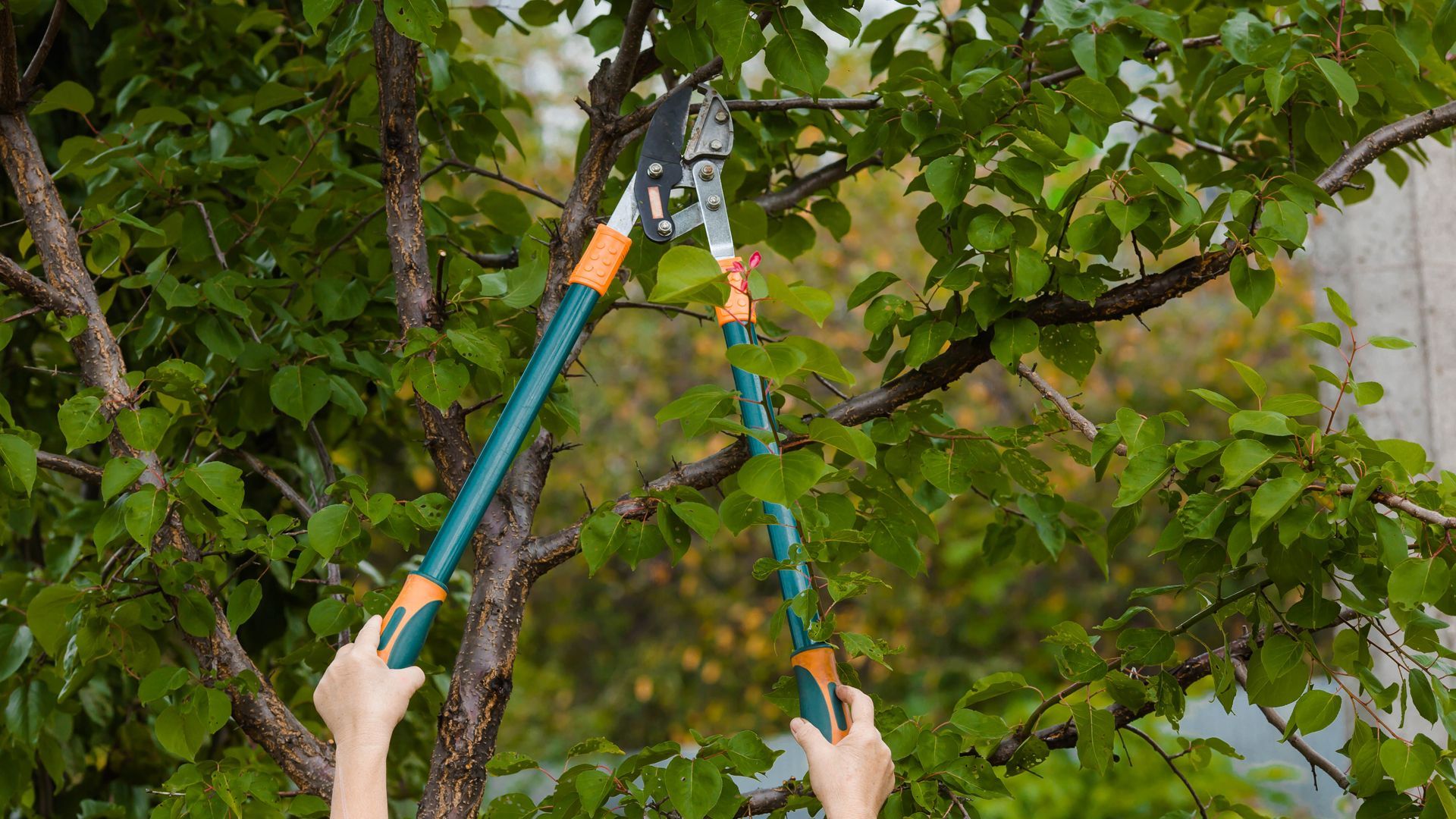Blog Layout
Signs That Your Tree Might Have a Disease
December 9, 2024

Trees are essential to your property’s aesthetic and environmental health, but they are not immune to disease. Identifying and addressing the signs of disease early can save your trees from irreversible damage while protecting the overall beauty and safety of your yard. At Southwest Environmental Management, we specialize in diagnosing and treating tree health issues in Tucson, AZ. Here’s a detailed guide to help you recognize the warning signs and take action.
Common Signs of Tree Disease
- Discolored or Wilting Leaves
Healthy leaves should maintain vibrant colors throughout their growing season. If your tree’s leaves are yellowing, browning, or wilting, it could be a sign of nutrient deficiencies, root rot, or fungal infections. This symptom often starts in localized areas but can spread quickly if left untreated. - Fungal Growth
Fungal infections are a serious concern for trees in Tucson. Common fungi, such as mushrooms at the base of the trunk or cankers along the bark, indicate internal decay. These fungi weaken the tree’s structure, increasing the risk of falling branches or trunk failure. - Dead or Dying Branches
A key sign of disease is the presence of dead, brittle branches that no longer produce leaves. This often results from fungal infections or insect infestations. Dead branches can also pose safety risks, especially during windy weather. - Unusual Bark Texture or Cracks
Healthy bark is firm, intact, and consistent. If your tree’s bark is peeling, cracking, or displaying sunken areas, it could indicate disease, pest infestations, or environmental stress. Pay attention to areas with missing bark, as these may harbor harmful organisms. - Stunted Growth
Trees that are diseased often experience reduced or uneven growth. Fewer leaves, shorter branches, or an overall smaller canopy can point to underlying health issues. - Insect Infestations
Insects like bark beetles, borers, or aphids often target diseased trees. Look for small holes, sawdust-like frass, or clusters of insects on the bark or leaves. While not all insects cause disease, their presence can exacerbate existing conditions.
What to Do If Your Tree Is Diseased
- Consult a Certified Arborist: Licensed arborists, like our team at Southwest Environmental Management, can assess your tree’s condition and recommend effective treatments.
- Prune Affected Areas: Remove diseased branches promptly to prevent the spread of infection.
- Consider Preventive Care: Invest in a plant healthcare program to strengthen your trees and reduce the risk of future disease.
By staying vigilant and addressing early warning signs, you can save your trees and maintain the health of your outdoor space.
View Additional Blogs
© 2024 All Rights Reserved | Southwest Environmental Management | Designed by Consumr Buzz



